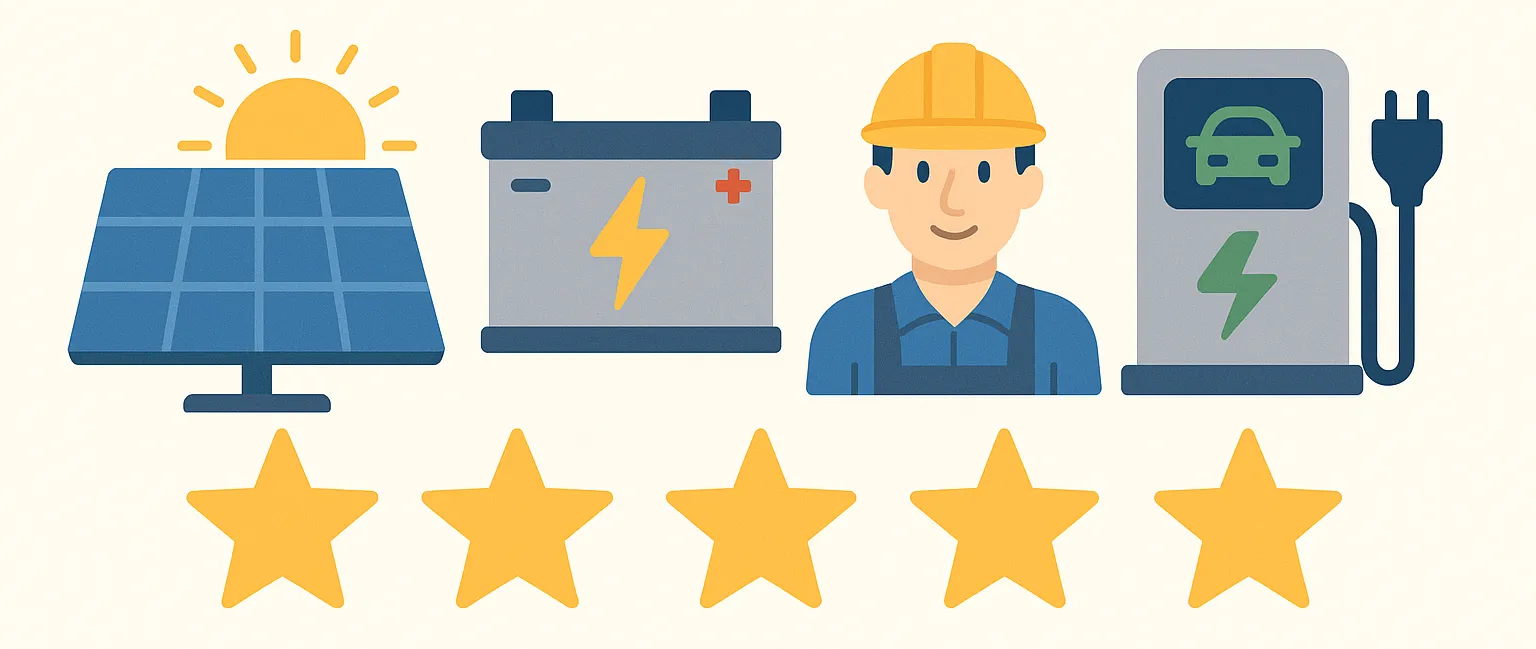Sometimes, having too much is not a good thing. As the number of solar rooftop installations in Australia rises, it creates concerns that too much energy is flooding into the electricity grid, and could cause blackouts as the system struggles to control the excess power.
“Australia Solar spill”, when high levels of energy are generated by rooftop installations in the middle of the day when demand is low, is becoming a problem for Australia’s electricity networks, according to Andrew Dillon, the head of the grid representative body Energy Networks Australia.
“If this goes badly, one of three things is going to happen,” he said.
“Either we get voltage and frequency issues at the local level or even localized blackouts and things tripping off.” Or rooftop solar would have to be stopped from coming into the grid – or the networks would have to spend a fortune to have the capacity to deal with it, he said.
“These are all bad outcomes and we don’t want any of these to happen.”
Rooftop solar may have to be turned off or curtailed if more batteries are not installed in order to stop a potential flood of energy into the grid and the market operator will need more power of control, energy service company Greensync’s chief executive Phil Blythe said.
“We have to soak up as much as we can but after that, we’ll need to curtail people’s solar,” Blythe said.
“How do you deal with all this uncontrolled energy flooding the system? For the market operator, having control of our generation fleet is going to become essential.”
Both Dillon and Blythe recommended an increase in energy storage technology to absorb the “solar spill” as opposed to turning off people’s solar panels.
“We have to soak up the energy somehow, battery storage is an efficient way of doing this; we can get energy recoveries of around 90 percent,” Blythe said.
He said the other problem is if solar panels are turned off from a central source, whose power is cut and will they still be paid for not supplying energy into the grid?
“We can open a circuit on a solar panel to stop it, the question is how do you do that fairly, whose systems get switched off during the day and how do people get recompensed for their lost output?” he asked.
Battery storage company Fluence’s Brian Perusse said solar households would be out of pocket in most markets if solar is turned off.
“As we have seen in other markets such as Hawaii, concerns over system reliability, led network operators or regulators to limit or pause rooftop solar programmes,” he said.
Queensland is already experimenting with this issue as network company Energex moves traditional off-peak hot water systems that were programmed to come on at night to the middle of the day.
“They are making it a solar sponge to avoid this zero or negative demand period,” Dillon said, “what we need to do is far more of this.”
California is already facing this problem, which is known as the ‘California Duck Curve’, where high levels of solar generation are pushed into the system in the middle of the day when demand is low and being wasted. It also forces other generators to rapidly ramp up power to meet the growing peak demand that comes at the end of the day, as the sun sets.
The head of the Australian Energy Market Operator, Audrey Zibelman, said the grid is “seeing the equivalent of a new power plant being built every season”.
